Vuelta iconic stages: Contador’s historic ride to Fuente Dé
A look back at Contador's resurgence in 2012
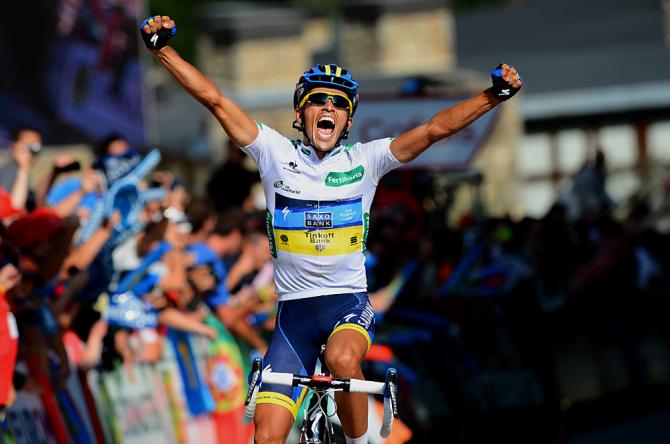
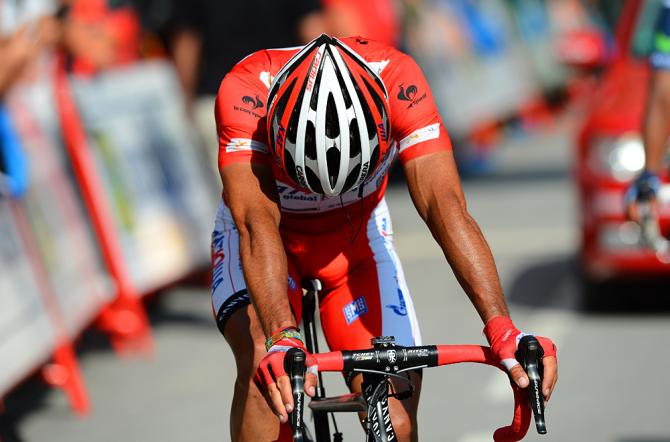
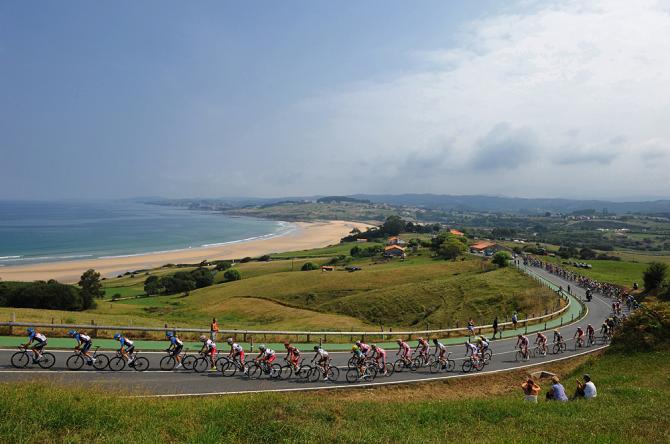
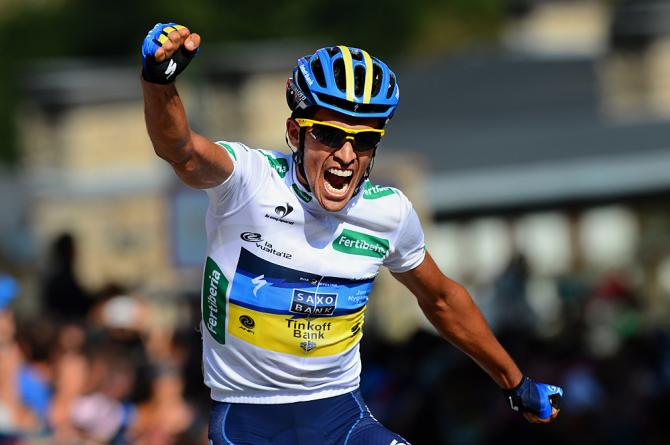
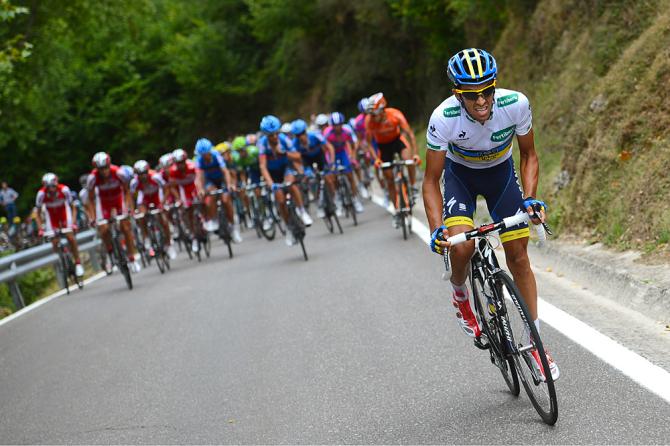
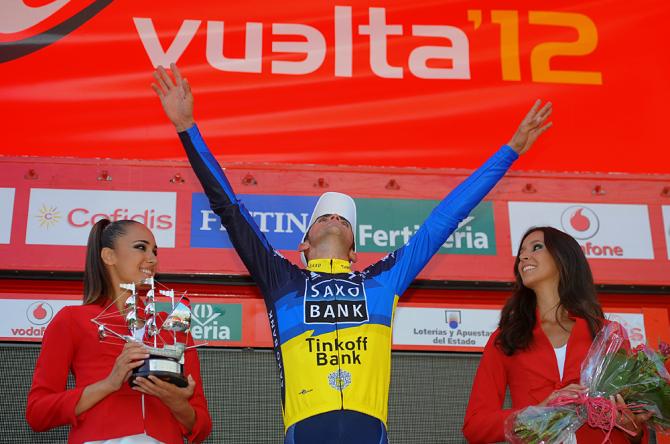
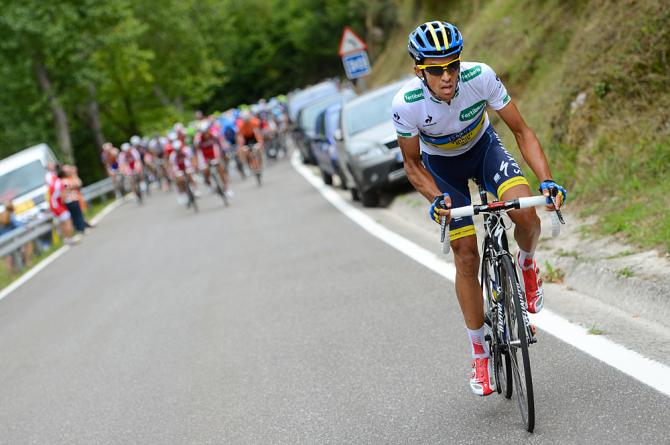
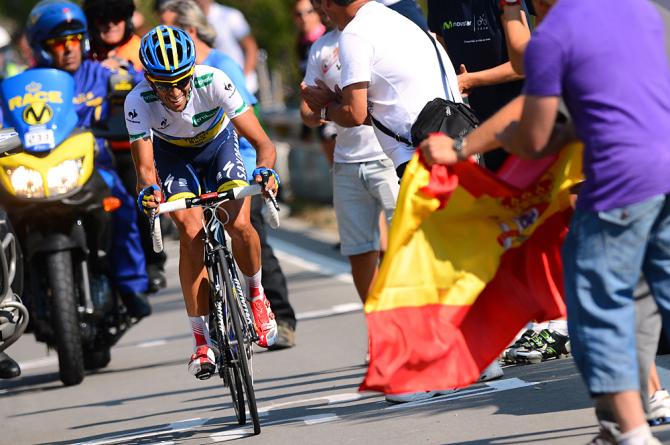
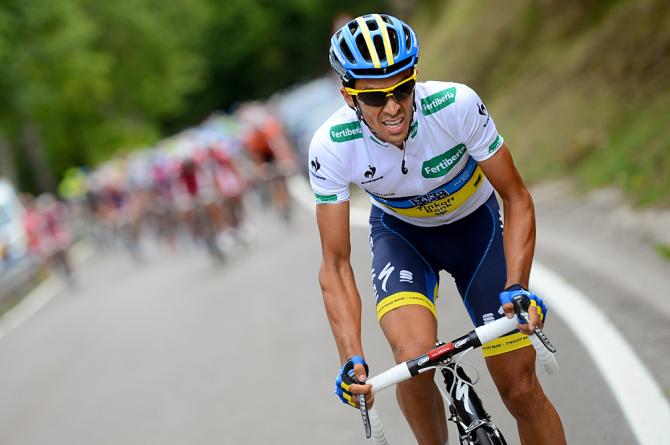
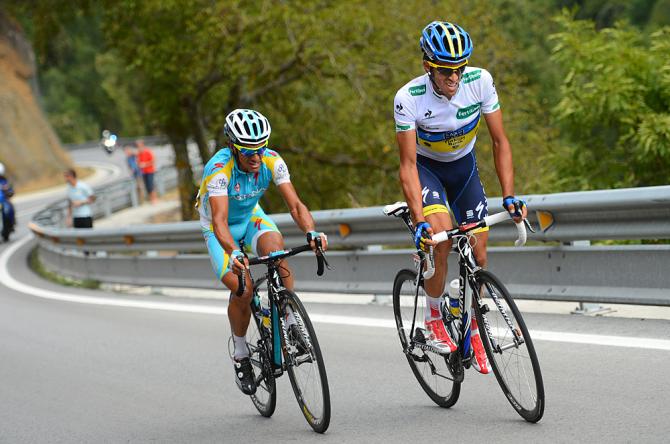
For the duration of the 2014 Vuelta a España, Cyclingnews is taking a look back at some of the most iconic stages of the Spanish Grand Tour. In this series, Jean-François Quénet remembers the day that Alberto Contador reversed the situation and made an impressive come-back as a Grand Tour winner in 2012.
When the 2012 Vuelta a España was unveiled, the Collado La Hoz was never rated as an important climb on the map. It’s just another climb in Cantabria, leading to Fuente Dé, a beautiful site at an altitude of 1000 metres above sea level, in the middle of spectacular rocks in the chain of the Picos de Europa. It wasn’t meant to change the scenario of the race that featured the terribly steep Cuitu Negru and other uphill finishes such as the Col de La Gallina, Lagos de Covadonga, Mirador de Ezaro, Puerto de los Ancares and Bola del Mundo.
As Alberto Contador was sidelined from February to August that year after the CAS judgment on his clenbuterol case, he wasn’t even allowed to publicly preview the stages of the Vuelta with his team. So at the end of June, his directeur sportif Bradley McGee went on his own to have a look at the crucial stages. The Australian initially skipped that part of stage 17 located 52 kilometres away from the arrival in Fuente Dé. Collado La Hoz? Was that worth a detour? McGee felt some remorse and drove back to that climb, only to realize that the downhill lended itself to launching an attack. That’s where Contador turned the outcome of the Vuelta upside down, with the help of two teammates from Saxo Bank-Tinkoff, Sergio Paulinho and Bruno Pires, as well as Paolo Tiralongo, his former lieutenant, still riding for Astana.
The previous afternoon, during a rest day on the outskirts of Santander on the Atlantic coast, Contador’s entourage admitted the Vuelta was pretty much lost. Joaquim Rodriguez looked like a solid leader, for once, having made the best of the uphill finishes and the time bonuses awarded atop those climbs. But “Purito” has had a constant flaw that Contador’s staff was aware of: he feels sore legs the day after a rest day. The Catalan informed the world that he had slept the whole morning, slept in the afternoon and slept all night but hadn't ridden his bike.
At the start of stage 17, Saxo’s second directeur sportif Philippe Mauduit went for a walk among the various team buses and chatted with some old friends, “to feel the atmosphere”, he said. He realized that everyone at the Vuelta considered the race to be over. His feedback helped Bjarne Riis to motivate his group at the pre-race meeting. “Some people in the bunch will have sore legs," rumbled the Dane.
The stage started with attacks and a split in the bunch that put “Purito” in trouble, while Alejandro Valverde made the front group. 48.5km were covered in the first hour. “We pushed full gas,” McGee remembers. “Then I was scared that we had only one bullet in the gun but when we reformed another attack, I understood Alberto’s motivation in his voice.”
Photo: Tim de Waele
The latest race content, interviews, features, reviews and expert buying guides, direct to your inbox!
After 56 kilometres of racing, 18 riders were up the road, including three from Saxo-Tinkoff and serious contenders like Bauke Mollema, Nairo Quintana, Sergio Henao, Damiano Cunego and Jan Bakelants.
Contador had McGee’s words in mind about the downhill of Collado La Hoz, some interesting winding roads suitable for pursuing an attack… He rode away uphill. He crested the summit with 16 seconds of an advantage over Rodriguez and Valverde, 55 seconds over Chris Froome and Robert Gesink and he kept going. That’s where he found Tiralongo who gave him a turn, then his teammates.
“It was a kamikaze attack,” Contador admitted. He went so deep into himself to preserve six seconds over runner-up Alejandro Valverde on the finishing line in the magical environment of Fuente Dé that he forgot to mime his usual “El Pistolero” celebration.
“Historico! Historico! Historico!” speaker Juan Mari Guarajdo repeated to the crowd taken by hysteria. Contador's family was present at the finishing line: his mum Paquita, who inspired his motto “voler ès poder” (“when there’s a will, there’s a way”, which led sports daily Marca to headline: “ver para creer”, “see it to believe it”) and his sister Alicia.
But surprisingly, Contador was so emotional that day that he forgot to thank anyone. He didn’t even take a look at the translator at the press conference and he was so much in his own world that he didn’t have any smiles for the reporters who always supported him during the hard times he encountered. His voice was mechanical. He didn’t express any particular feeling even though he had delivered a big exploit.
However, he had a word that confirmed the impression of the speaker talking about the “historical” aspect of his ride. “This is one of the three most important victories of my career with stage 5 of the Tour Down Under in 2005 and the 2007 Paris-Nice,” he underlined.
Photo: Tim de Waele
For the third time in his personal history – but not the last time – he became a reconquistador. In January 2005 in Willunga, his stage victory ahead of fellow compatriot, friend and teammate Luis Leon Sanchez marked his resurgence after the cerebral edema that left him unconscious for a few weeks after a crash during the Tour of Asturias the year before. March 2007 was another rebirth after leaving Manolo Saiz’ team Liberty Seguros.
Contador’s victory at the Vuelta wasn’t just impressive for the way he rode but also for its symbolism. He was still very focused when he talked at the closing press conference after defending his lead atop Bola del Mundo until a Spanish reporter asked him: “But why are you so serious while talking about cycling?” Finally, someone took a smile out of his face. “Hombre (man)!”, he answered, “I’m a happy man, but please understand that I’ve encountered hard times…”
In Madrid the day after, he crossed the finishing line showing number 7 with his fingers, like the number of Grand Tours he had won, including the 2011 Giro and 2010 Tour which had been stripped by CAS decision. “What counts is my own feeling and the impressions that remain in the retina of the spectators,” concluded the specialist of the unexpected come-back.
